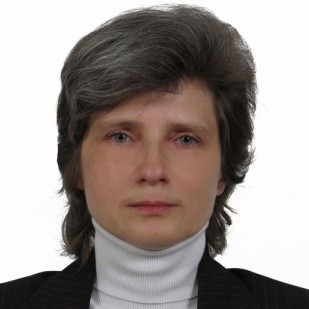Non-diffractive Beams for the State of the Art Applications
A special issue of Micromachines (ISSN 2072-666X). This special issue belongs to the section "A:Physics".
Deadline for manuscript submissions: closed (31 December 2022) | Viewed by 31123
Special Issue Editors
Interests: silicon photonics; plasmonic sensors; metamaterials; metasurfaces; non-diffractive beams; and their applications
Special Issues, Collections and Topics in MDPI journals
Interests: diffractive optics; singular optics; sharp focusing; polarization transformation
Special Issues, Collections and Topics in MDPI journals
Special Issue Information
Dear colleagues,
It is my pleasure to invite you to submit your highly valued work to a Special Issue of the Journal Micromachines on “Non-Diffractive Beams for State-of-the-Art Applications.” In acoustics, Bessel beams are generally used in applications such as ultrasound imaging systems. Their extended depth of focus and slender beam-width provide a precise scanning of the transmitted beam, whereas their self-recovering properties contribute toward extraordinary robustness to tissue scattering. Moreover, its diffraction-free feature provides perpetual deep imaging resolution. Recently, Bessel beams have gathered a lot of interest because of their distinctive properties for particle trapping; particle manipulation; material processing; tight focusing; and free-space, long-distance, self-healing beams, among others. This Special Issue will cover recent developments and the latest advances in the generation and utilization of these beams in distinctive applications. Original work, letters and review papers based on theoretical and experimental data are welcomes in this Special Issue.
Dr. Muhammad Ali Butt
Prof. Dr. Svetlana Nikolaevna Khonina
Guest Editors
Manuscript Submission Information
Manuscripts should be submitted online at www.mdpi.com by registering and logging in to this website. Once you are registered, click here to go to the submission form. Manuscripts can be submitted until the deadline. All submissions that pass pre-check are peer-reviewed. Accepted papers will be published continuously in the journal (as soon as accepted) and will be listed together on the special issue website. Research articles, review articles as well as short communications are invited. For planned papers, a title and short abstract (about 100 words) can be sent to the Editorial Office for announcement on this website.
Submitted manuscripts should not have been published previously, nor be under consideration for publication elsewhere (except conference proceedings papers). All manuscripts are thoroughly refereed through a single-blind peer-review process. A guide for authors and other relevant information for submission of manuscripts is available on the Instructions for Authors page. Micromachines is an international peer-reviewed open access monthly journal published by MDPI.
Please visit the Instructions for Authors page before submitting a manuscript. The Article Processing Charge (APC) for publication in this open access journal is 2600 CHF (Swiss Francs). Submitted papers should be well formatted and use good English. Authors may use MDPI's English editing service prior to publication or during author revisions.
Keywords
- optical trapping of particles
- material processing
- tight focusing
- free-space, long-distance, self-healing beams







